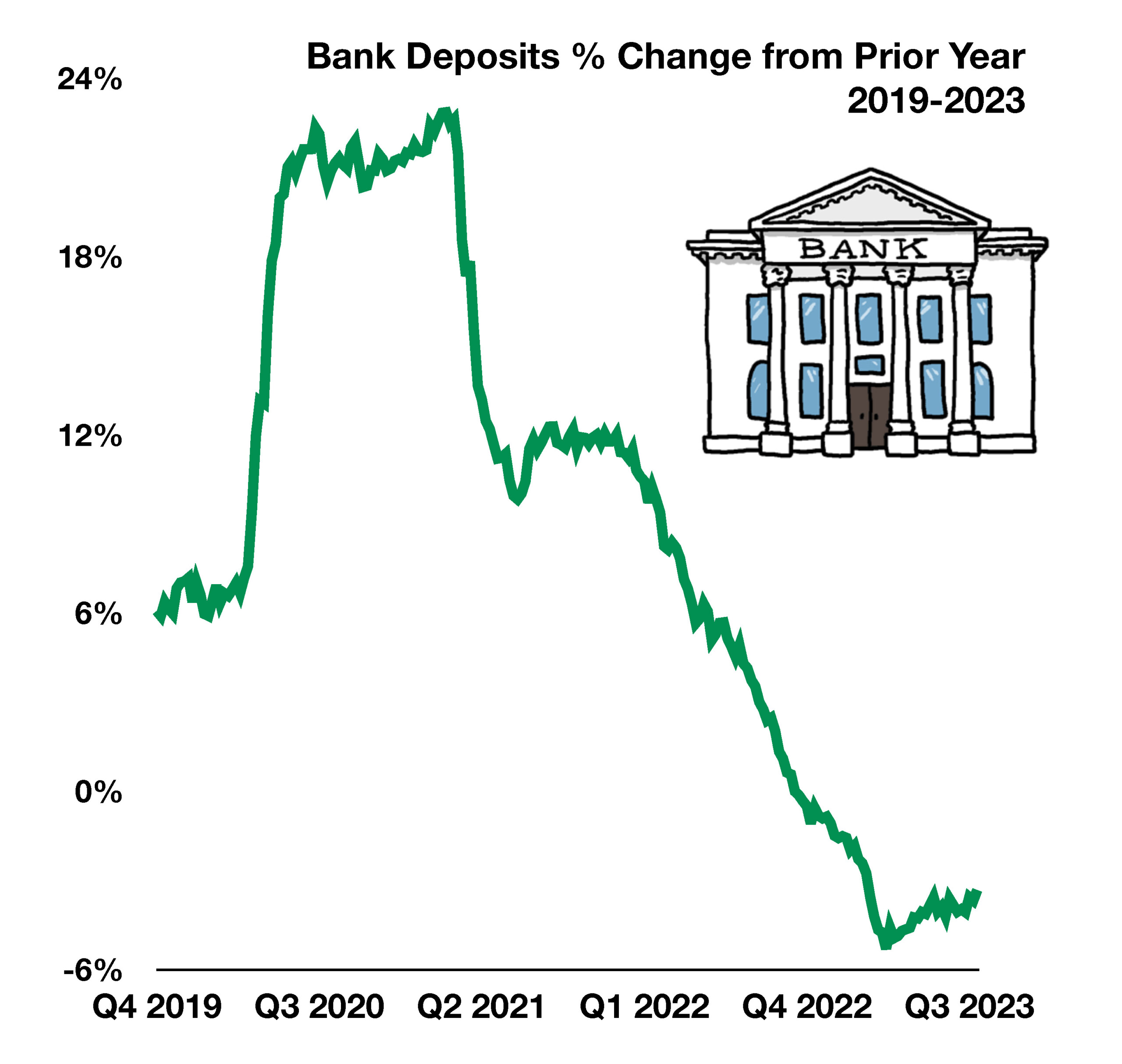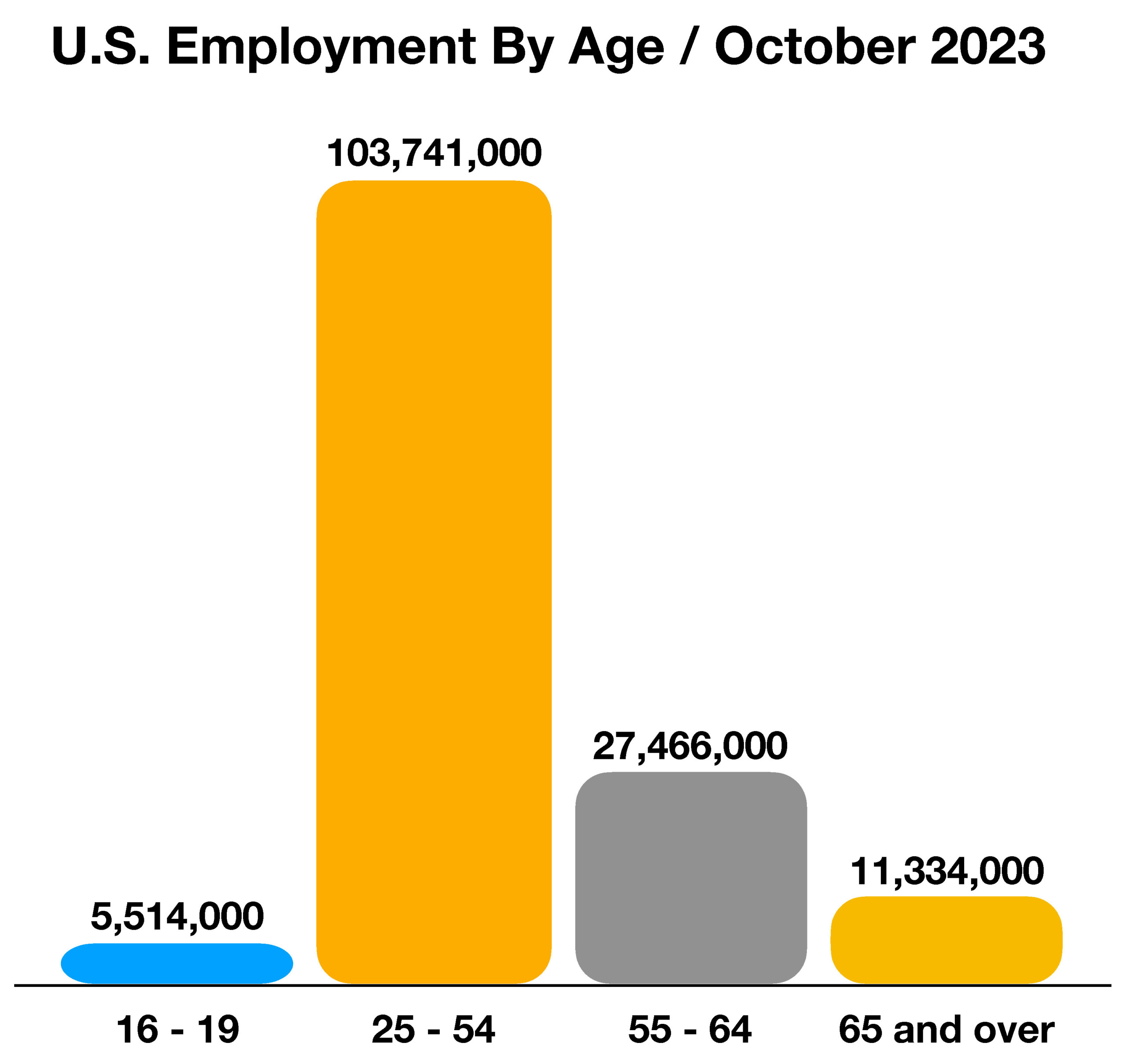
KCG Investment Advisory Services
Kimberly Good
315 Commercial Drive, Suite C1
Savannah, GA 31416
912.224.3069
Stock Indices:
| Dow Jones | 42,270 |
| S&P 500 | 5,911 |
| Nasdaq | 19,113 |
Bond Sector Yields:
| 2 Yr Treasury | 3.89% |
| 10 Yr Treasury | 4.41% |
| 10 Yr Municipal | 3.31% |
| High Yield | 7.26% |
YTD Market Returns:
| Dow Jones | -0.64% |
| S&P 500 | 0.51% |
| Nasdaq | -1.02% |
| MSCI-EAFE | 17.30% |
| MSCI-Europe | 21.20% |
| MSCI-Pacific | 10.50% |
| MSCI-Emg Mkt | 8.90% |
| US Agg Bond | 2.45% |
| US Corp Bond | 2.26% |
| US Gov’t Bond | 2.44% |
Commodity Prices:
| Gold | 3,313 |
| Silver | 33.07 |
| Oil (WTI) | 60.79 |
Currencies:
| Dollar / Euro | 1.13 |
| Dollar / Pound | 1.34 |
| Yen / Dollar | 144.85 |
| Canadian /Dollar | 0.72 |
Macro Overview
Global financial markets reacted to the conflict in the Middle East war with caution, concerned that the hostility could erupt into a broader situation engulfing other countries and territories. A flight to the U.S. dollar and U.S. government bonds took hold as equity volatility rose in response to the conflict.
The Federal Reserve opted to leave rates unchanged during their most recent meeting, with Fed Chair Jerome Powell hinting that no further rate increases might be needed. The Federal Reserve bases its decisions on economic data that can vary dramatically from month to month, so some analysts doubt that the Fed has formally completed its rate hike strategy. To the contrary, “JPow” announced at the International Monetary Fund meeting Thursday, that he is leaving the door open to further hikes and the comment initiated a +200pt sell-off on the Dow.
The Treasury Department announced that it plans to issue less longer-term debt, as the cost of interest payments for the government has increased tremendously as rates have risen. This led to a decrease in long-term Treasury bond yields as investors opted for higher-yielding short-term bonds. Some economists view this dynamic as an indicator that rates may be approaching a pinnacle. But the results of the higher-rate debt auction were disappointing as investors preferred short-term securities at comparatively higher rates.
Growing concerns that the war between Israel and Hamas could spread throughout the region is prompting a shift towards global fixed income and the U.S. dollar. Oil and commodity prices have also been affected by the conflict as production and transportation constraints increase concerns.
The Treasury bond market experienced volatility in October that resembled the stock market. Hedge fund manager bets against U.S. government debt, flight to government bonds due to the conflict in the Middle East, and a flood of new debt issuance to fund swelling U.S. budget deficits contributed to the volatility. The yield on the 10-year Treasury bond reached 5%, a 16-year high before retreating back to below 5%.
The IRS plans to raise tax brackets and standard deductions by 5.4%. There are rumblings of a 0% capital gains bracket.
Sources: Federal Reserve, Treasury Dept., Social Security Adm., Bloomberg


